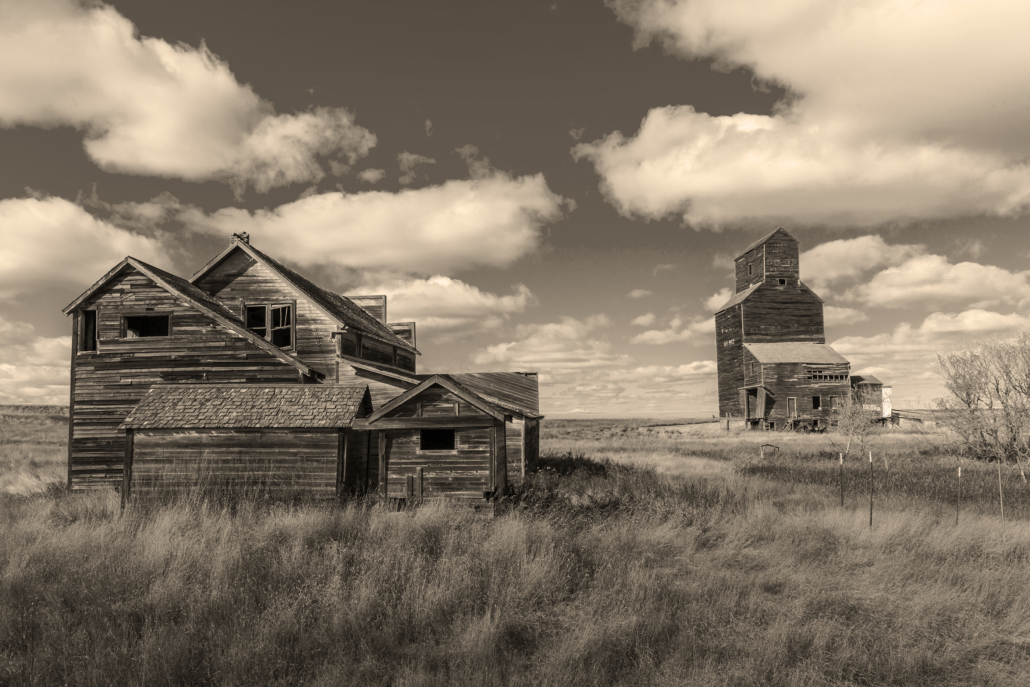Our Current Farm Crisis
Excerpt from The Farmer’s Lawyer:
The number of American farms peaked in 1935 at six million; between 1935 and 2012, we lost four million farms. The hardest-hit category of farmers has been the midsize family-owned-and-run farms. The largest farms have grown larger; 75 percent of all agriculture sales now come from just 5 percent of operations.
Very small farmers can survive with off-farm income, but full-time, middle-sized family farmers—the historic backbone of rural America—are in danger of extinction.
These full-time, middle-sized family farmers were already operating at a loss for years. And then it got worse: a disastrous trade war with China, severe weather, continued exploitation by agribusinesses, topped off by the Covid-19 pandemic. Corporate agribusinesses can afford lawyers and lobbyists to protect them, while family farmers are forced to either give up voluntarily, or be pushed out involuntarily.
Of course, the ongoing loss of family farm agriculture doesn’t affect only farmers. It hurts the people and economies in rural communities across America.
I never thought that the farm crisis would come as soon as the 2020s. There was a fifty-year gap between the 1930s and 1980s farm crises, but this one is occurring on a faster trajectory.
Further, it seems likely that the farm crisis of the 2020s might be worse than its predecessors because it will coexist and overlap with climate change, hunger and food insecurity, unemployment, multiple federal, state, and local budget shortfalls, a “red state” and “blue state” political divide, and the economic and social aftershocks of the terrible worldwide Covid-19 pandemic.
I can’t fathom how we solve any of these crises without ensuring that our historic system of family farm agriculture endures and thrives. We have to develop solutions “from the ground up.” If there is a cataclysmic decline in family farm agriculture in the United States, it will have a devastating ripple effect and hamper recovery in every part of the economy.


